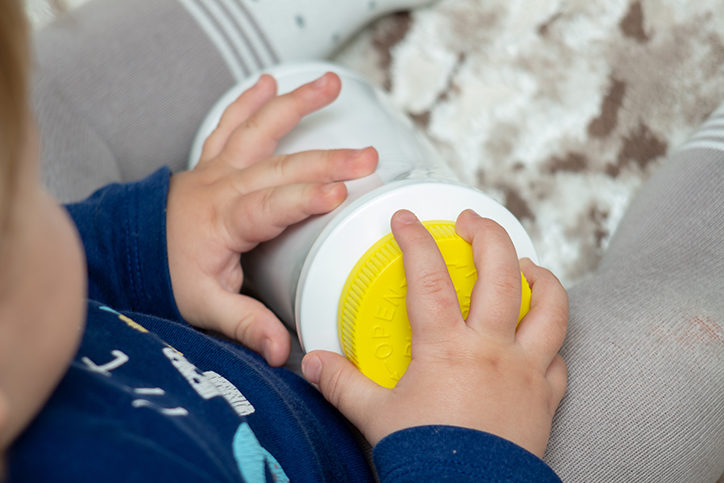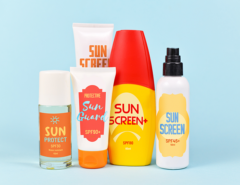Child-resistant packaging first came into Americans’ lives in 1970. Hundreds of children had been dying each year after getting into household products and medicines. While an educational campaign was created in 1961 to help bring attention to the dangers of these products – a campaign that is still observed annually every March: Poison Prevention Week – it was soon discovered that education wasn’t enough. Children were still getting into these products and medicines and dying.
In 1970, the Poison Prevention Packaging Act (PPPA) was signed into law to “protect children from serious personal injury or serious illness resulting from handling, using, or ingesting hazardous household substances.” The PPPA ensures child-resistant packaging is “significantly difficult for children under five to open or obtain a toxic or harmful amount of the substance within a reasonable time and not difficult for adults to use properly.”
Since the introduction of the PPPA, fewer children have died from being exposed to poisonous household products and medicines. But, it is important to understand that child-resistant packaging is not child-proof. Given enough time, most children can open products in child-resistant packaging. The goal of the packaging is to slow children down from opening the product, hopefully giving enough time for an adult to stop the child before it’s opened.
A study by Safe Kids Worldwide found that 1 in 3 parents thought it was okay to leave a medicine in a child-resistant package within sight of a child. But, research suggests that 45-55% of unintentional medicine poisonings are from medicines in child-resistant packaging. Even if products use child-resistant packaging, we at the Maryland Poison Center (MPC) still recommend that they be stored safely up, away, and out of sight. Check out our Understanding Safe Storage blog for more information about how to safely store poisons.
Opening child-resistant packages has become second nature to most people, so you may not even realize its purpose is to be child-resistant. Some different types of child-resistant packaging that you might have noticed include:
- Push down cap and turn top
- Squeeze and turn top
- Line up cap arrow with notch on bottle
- Hold down tab while turning top
- Blister packaging
- Squeeze zipper slider
Child-resistant packaging is used on many household products and medicines. The specifics on the products that require this packaging can be found on the Legal Information Institute’s website. Here is a shortened list of some products and medicines that must use child-resistant packaging:
Household Products:
- Cleaning products (e.g., toilet bowl cleaner, furniture polish)
- Mouthwash
- Paint removers and thinners
- Charcoal lighter fuel
- Hydrocarbons (e.g., baby oil, mineral oil, tiki torch fuel)
Medicines:
- Over-the-counter (OTC) pain relievers
- Prescription drugs
- Iron-containing medicines and dietary supplements
You may notice other products around your home that are in child-resistant packaging, such as laundry packets, Fabuloso®, and bleach. Sometimes, the decision to use child-resistant packaging is a voluntary choice made by the product’s manufacturer.
As liquid nicotine products became popular, children began to get into the products because of easy-to-open packaging. The Child Nicotine Poisoning Prevention Act of 2015 was passed to ensure that liquid nicotine containers use child-resistant packaging. Sealed, pre-filled, and disposable nicotine containers are not covered under this act.
For more information on the PPPA, visit the Consumer Product Safety Commission’s website. The act also explains the rigorous testing process that packaging goes through. The packaging is tested by both children and adults to determine if it meets the law’s requirements.
If you think your child has consumed a product they shouldn’t have, the specialists at the MPC are happy to help, even if it’s just to give you peace of mind. Our pharmacists and nurses are available 24 hours a day, 7 days a week by calling 1-800-222-1222. Never be embarrassed to call. Chances are that the specialist you’ll speak with has helped another parent in the same situation as you.





Leave a Reply